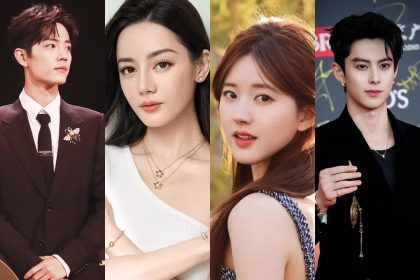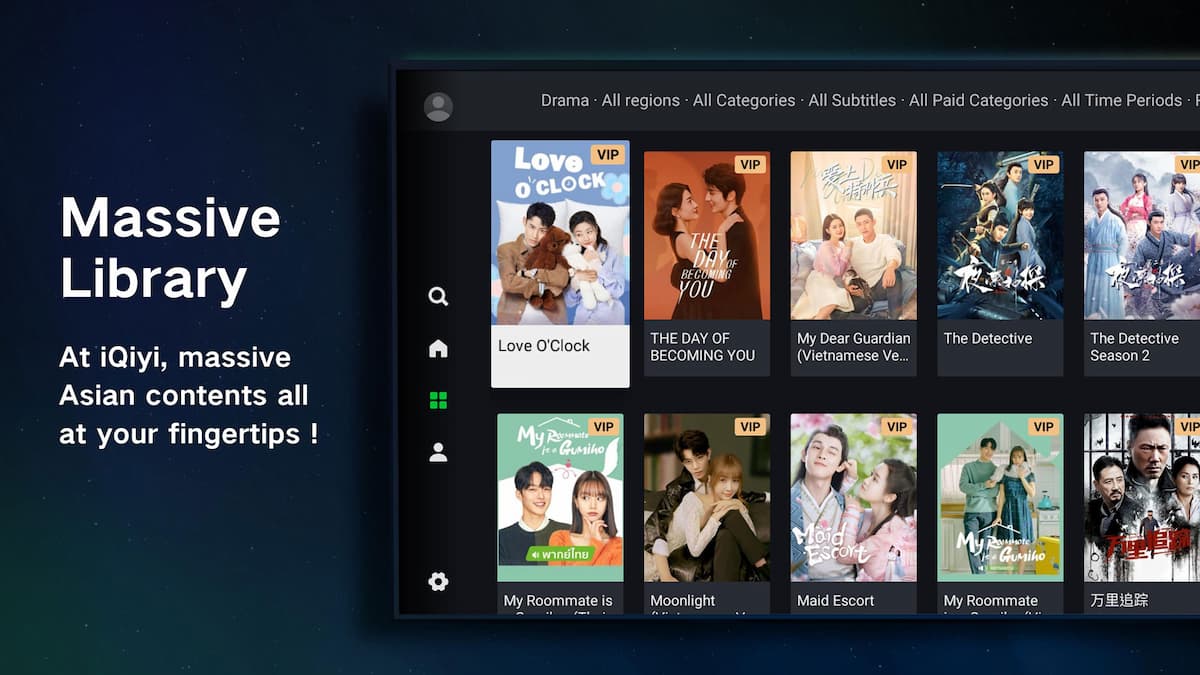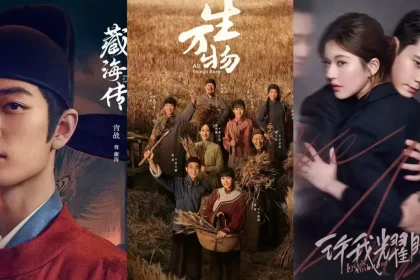LayarHijau – Li Yitong’s upcoming drama The Vanishing Beauty (美人余) has barely been filming for a week, yet it’s already caught in a storm of plagiarism accusations. Leaked behind-the-scenes photos from the set show at least four of Li Yitong’s outfits that netizens claim look strikingly similar to Zhao Lusi’s wardrobe in Love’s Ambition (许我耀眼).
Online comparisons highlight uncanny resemblances — from a black blazer paired with shorts, to a white knit top with matching pants, and even a side-swept fringe hairstyle. What further fueled the controversy was Zhao Lusi’s fans’ assertion that some of those outfits were actually her personal wardrobe pieces, not production costumes. The claim quickly triggered an online backlash against The Vanishing Beauty’s costume team, reigniting a long-running question in the Chinese drama industry: why does plagiarism — especially in costume and character design — keep coming back?
Similar Style, Serious Allegations
In response to the social media uproar, an insider revealed that the production of The Vanishing Beauty has replaced its entire costume department to ease public criticism. Yet, the move failed to quell speculation. Li Yitong herself became a trending topic, facing scrutiny even before a single scene of hers had aired.

A cultural critic from Sohu Entertainment suggested this controversy is only the tip of the iceberg. Visual imitation in Chinese dramas has been around for years, especially in historical and fantasy genres. Allegations of “copycat designs” resurface almost annually — from claims that Love Beyond the Grave (慕胥辞) borrowed heavily from A Dream of Splendor (梦华录), to observations that the latter shared uncanny similarities with Serenade of Peaceful Joy (清平乐).
The trend doesn’t end there. Zhang Ruonan’s styling in Zhan Zhao Adventures (雨霖铃) drew comparisons to Liu Shishi in A Journey to Love (一念关山), while Zhao Lusi’s Who Rules the World (且试天下) was accused of visually echoing Immortal Samsara (沉香如屑) and Love and Redemption (琉璃).
When Actors “Repeat Themselves”
This pattern isn’t limited to different productions — sometimes, it occurs within an actor’s own filmography. Cheng Yi is often cited as an example: since Love and Redemption made him a household name, his subsequent dramas — Mysterious Lotus Casebook (莲花楼), Immortal Samsara, The Journey of Legend (赴山海), and Heaven and Earth Sword Heart (天地剑心) — have all featured similar aesthetics. His makeup, hair, and costume color palette rarely change, making it hard for audiences to distinguish one character from another.
Producers often defend this approach as a “safe strategy” rather than outright plagiarism. Costume designers tend to stick to proven formulas that resonate with viewers, preferring familiarity over creative risks that might not work.
When “Trends” Become an Excuse
Producer Yu Jia attributes the issue to two main factors: market pressure and uniform tastes. In an interview with Sohu Entertainment, she explained that once a particular look becomes popular, the entire industry rushes to replicate it. “When a drama becomes a hit, its costume style and color palette are seen as safe. Many production companies directly request designers to use them as references,” she said.
Yu added that not every actor looks good in every costume style. “If an actress shines in a particular look, it’s understandable that the creative team wants to retain that formula for future projects,” she noted. “The public often misreads this as plagiarism, when in fact it may be an adaptation tailored to the actor’s image.”
However, Yu also admitted that China’s fast-paced production schedules make originality harder to achieve. With tight filming deadlines, costume designers rarely have the luxury of developing entirely new concepts. Compounding the issue, copyright protection for visual design remains weak.
The Legal Gray Area
Attorney Zhang Qihuai of Blue Penguin Law Firm explained that under Chinese copyright law, “drama costume plagiarism” has no precise legal definition. “Only when a costume design meets the criteria of originality and can be proven as a unique creative expression can it qualify as an artistic work protected by copyright,” he said.
To prove plagiarism, the claimant must demonstrate two things: that their design is original and protected, and that the other work substantially copied its distinctive elements. In reality, this is extremely difficult. Most costume features — such as blazers, gowns, or common hairstyles — fall within the public domain and are therefore free for anyone to use.
As a result, even if Li Yitong’s outfits in The Vanishing Beauty look identical to Zhao Lusi’s in Love’s Ambition, it would be nearly impossible to pursue legal action.
Plagiarism or Visual Fatigue?
With the explosion of short-form dramas, the issue has only grown more widespread. Many digital mini-series blatantly imitate visuals from hit dramas to grab attention quickly. Costumes worn by Yu Shuxin’s Ling Miaomiao in Love Game in the Eastern Fantasy (永夜星河) and Ju Jingyi’s iconic gowns in Beauty of Resilience (花戎) have been copied wholesale in low-budget web series. Even designs from the yet-to-air Veil of Shadows (月鳞绮纪) have already appeared in Douyin serials.
Critics argue this points to a deeper problem: visual exhaustion. The industry is so focused on replicating past success that it’s neglecting innovation. Over time, this visual recycling may erode production value, stifle creativity, and distance Chinese dramas from the originality that once helped them gain international acclaim.

















[…] Love’s Ambition Hits 1.5 Billion Views, Becomes Top Drama with Record-Breaking Ad Rates Li Yitong’s Drama Accused of Copying Love’s Ambition, Prompting Industry Discussion on Costume P… Is Alibaba Set to Take Over Zhao Lusi’s Contract? Here’s an Explanation of the Structure […]